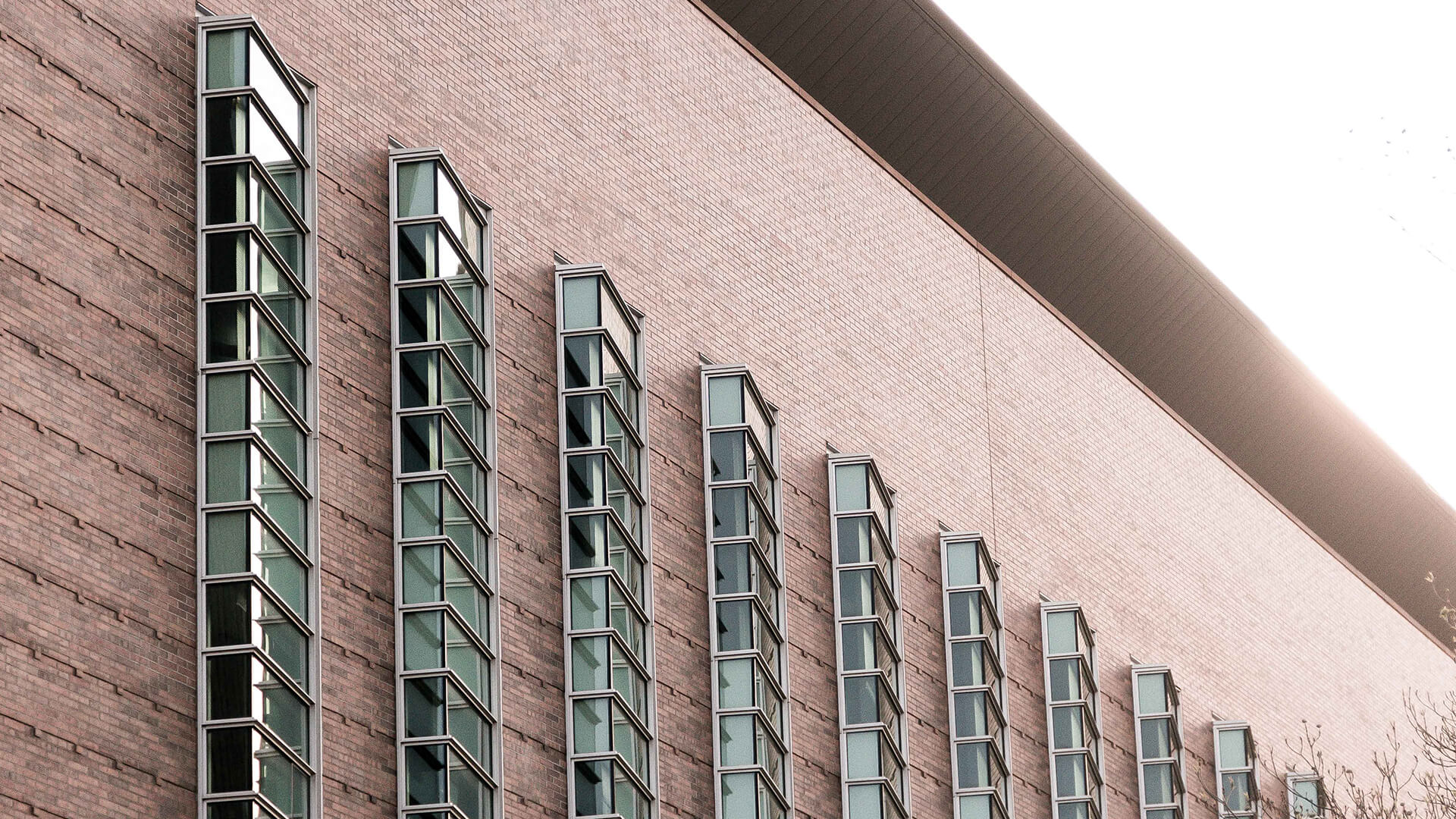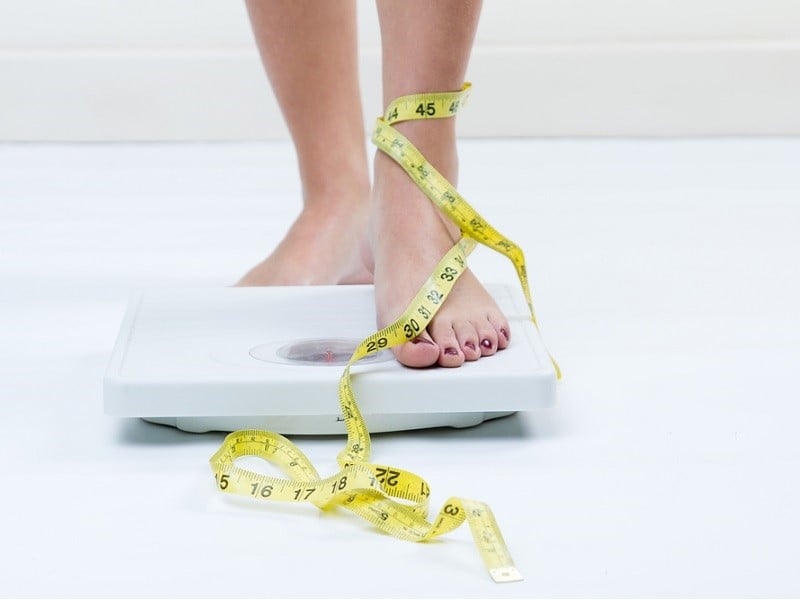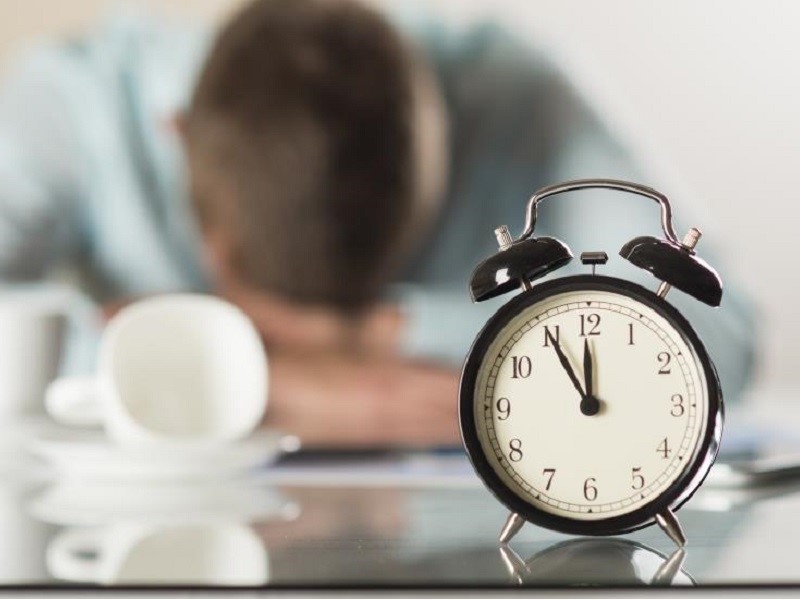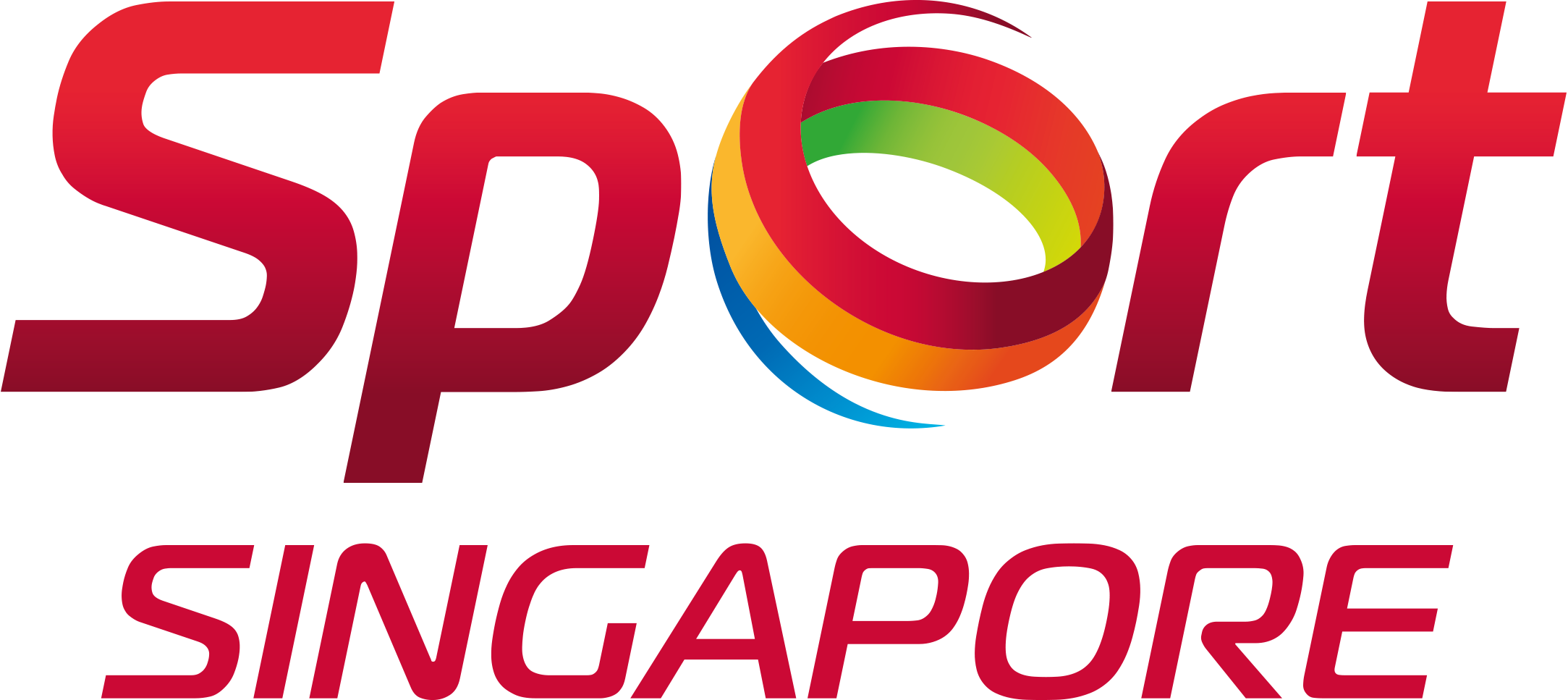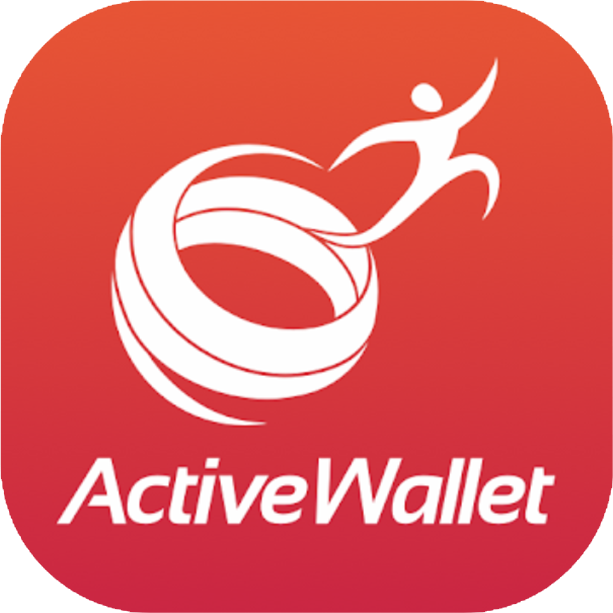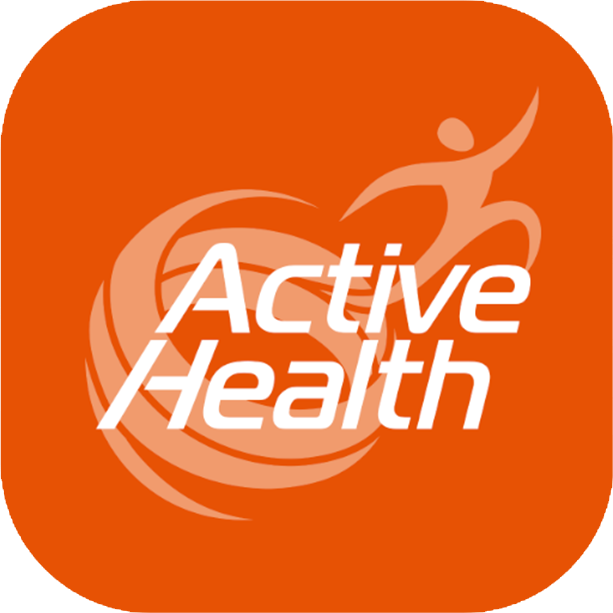 Photo: Active Health
Photo: Active Health
Rest days don’t always have to be about binge-watching Netflix on your couch. If you’re feeling especially energetic, you could engage in active recovery on your days off for a quicker recovery process. Unlike passive recovery, which calls for stillness and inactivity to allow the muscles to repair, active recovery involves a series of low to moderate intensity exercises.
Active recovery rest days should relax both the body and the mind. While you’re still exercising, it is a good opportunity to shake up your usual routine! Active recovery activities should take you about 20-45 minutes, depending on your fitness level. These exercises help improve recovery rate by reducing muscle soreness, improving flexibility and other physiological factors.
It goes without saying that quick recovery is essential for professional athletes (and fitness junkies) to get back to the routine with greater ease. Even if you don’t have a strict training schedule to adhere to, quick recovery is always desirable. Aching muscles and joints the day after exercise never make for a pleasant day at the office, and these exercises may help to alleviate some of that post-exercise discomfort. Active recovery exercises also carry benefits for one’s cardiovascular fitness, which is always a win for anyone.
Benefits of cardiovascular fitness
 Photo: Active Health
Photo: Active Health
Maintaining the heart at a steady rate can improve your athletic performance in the long run by improving endurance and training volumes. In a study in the Journal of Strength & Conditioning Research, it was found that active recovery maintained the heart rate at a higher level compared to passive recovery, which led to higher cardio-respiratory demand in the training. Those who engaged in active recovery were found to adapt to the demand, resulting in better endurance performance without increasing training hours.
Reducing post-exercise discomfort
Lactic acid is a by-product of the body’s energy production process that encompasses three systems and one of them is the glycolytic system. Lactic acid accumulated after exercise causes fatigue and stiffness in the muscles, leading to the overall feeling of soreness. After high-intensity exercises, lactate levels tend to be higher.
It was found that active recovery aids in faster removal of muscle lactate than passive recovery. This helps to minimise post-exercise discomfort more quickly. Exercising at a low intensity would boost blood flow to tissues and muscles more than not doing any exercise at all. Improved circulation facilitates the removal of metabolic waste, and may contribute to a reduction in muscle lesions and pain.
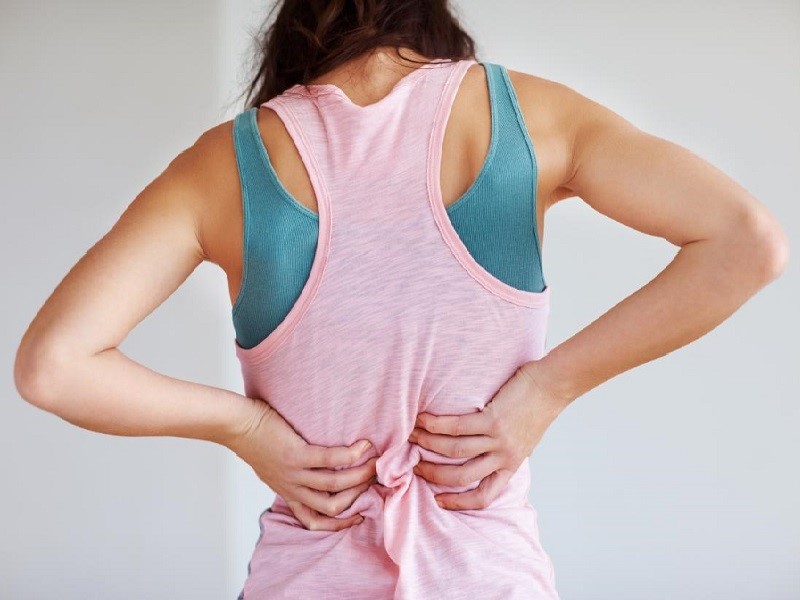 Photo: Active Health
Photo: Active Health
While active recovery is a great way to reduce inactivity, it is important to listen to your body. After an intensive work out, your body is bound to feel sore. If you experience extreme discomfort or overwhelming pain during movement, it is a sign of injury or damage. Take a day of passive recovery at home, where you try to move as little as possible.
On the other hand, if you feel mildly achy in a way that makes your body feel heavy but without limitation in your movements, you’re good to go for active recovery! You might feel sluggish and not want to move, but getting on your feet will help you recover quickly.
Here are some fun active recovery exercises you could try:
Water aerobics
Aqua-walking is a type of low-impact water aerobic exercise. There are different types of water aerobics classes you can try out based on your fitness level, and some programmes include light-intensity resistance training. When you do resistance training in the water, it is easier on the joints because the water buoyancy offers support to the body and that reduces impact or pressure on the body. If you prefer to keep it simple, swimming a few laps at a moderate intensity will do just fine for active recovery.
Cycling
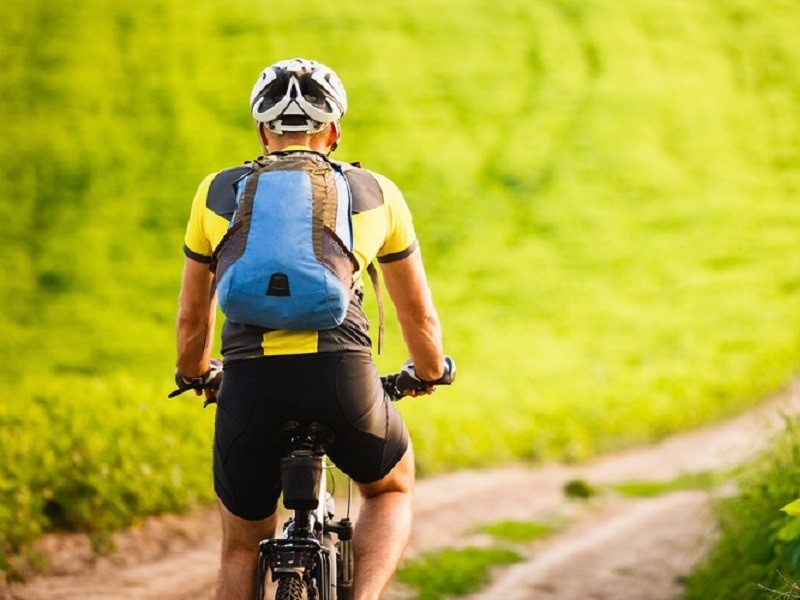 Photo: Active Health
Photo: Active Health
Taking a bike ride is not only a good form of cardio, but it can also be extremely therapeutic. Opt for a nature trail and treat your eyes to the scenic routes island wide. Nature cycling allows you to go at a steady and leisurely pace, as compared to cycling in traffic. Cycling is a good way to get the blood flowing to the lower body without putting too much pressure on your joints. All that fresh air is definitely a bonus.
The correct recovery activity forms part of a good exercise programme because you need to recover effectively from the muscle soreness to train well for the next session. However, it is important to listen to the body and take real time off when you need a passive recovery day. If you are looking for interesting activities to do on your rest days, be prepared to be spoilt for choice by the variety of ActiveSG programmes. Remember to choose the right programme based on our recommendations for your active recovery.






